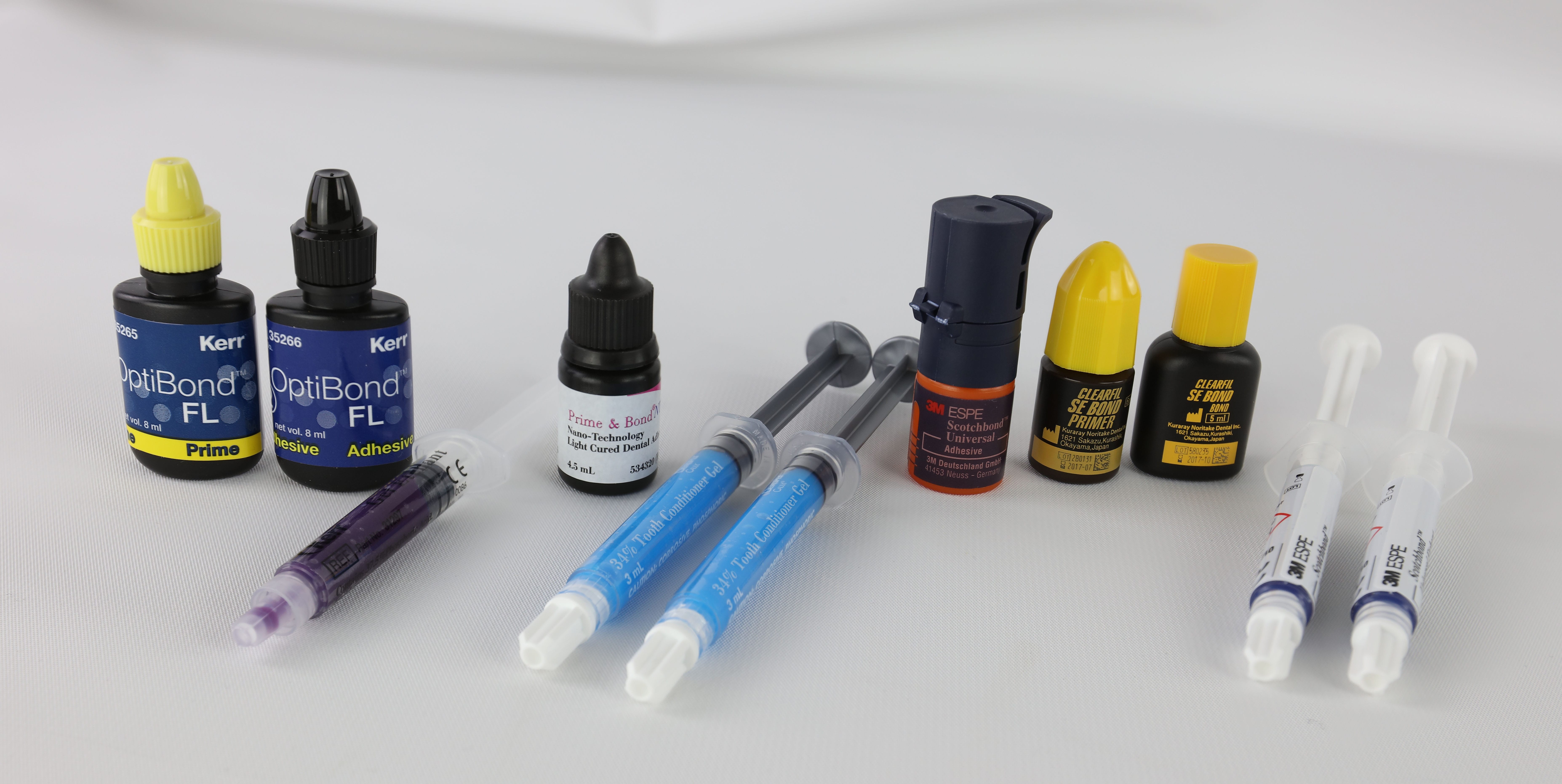Have you ever felt self-conscious about a gap in your smile? You’re not alone. Many individuals experience the impact of missing teeth, which can lead to more than just cosmetic concerns—issues such as bite problems, jawbone deterioration, and changes to facial structure can arise. If you’re looking to restore both your smile and your oral health, dental bridges may be the perfect solution for you. This comprehensive guide will explore everything you need to know about dental bridges, from their types and benefits to the procedure and care involved.
Understanding Dental Bridges
What is a Dental Bridge?
A dental bridge is a fixed prosthetic device designed to “bridge” the gap created by one or more missing teeth. It consists of two main components:
- Pontics: These are the artificial teeth that fill the gap left by missing teeth.
- Abutment Teeth: These are the natural teeth on either side of the gap that support the bridge through dental crowns.
Pontics are typically made from durable, tooth-colored materials like porcelain or ceramic, allowing them to blend seamlessly with your natural teeth.
Types of Dental Bridges
There are four main types of dental bridges, each tailored for specific needs:
Traditional Bridge: This is the most common type, where the pontic is held in place by dental crowns cemented onto the abutment teeth on either side of the gap.
Cantilever Bridge: Used when there are adjacent teeth on only one side of the missing tooth; here, the pontic is supported by a dental crown on just one abutment tooth.
Maryland Bonded Bridge: Also known as a resin-bonded bridge, this type features a metal or porcelain framework that supports the pontic. Instead of crowns, it has “wings” bonded to the backs of the abutment teeth, requiring minimal tooth preparation.
Implant-Supported Bridge: As the name suggests, this type of bridge is supported by dental implants surgically placed in the jawbone rather than relying on crowns or frameworks. It’s an excellent option for those with several missing teeth in a row.
Your dentist will recommend the best type of bridge for your unique situation, taking into account factors like the location of the missing tooth, the health of surrounding teeth, and your overall oral condition.
The Dental Bridge Procedure
Getting a dental bridge typically requires two visits to your dentist. Here’s what you can expect during each appointment:
1. Preparation Visit
Reshaping Abutment Teeth: The abutment teeth are gently reshaped to accommodate crowns that will support the bridge.
Impressions: Impressions or digital scans are taken to create a precise model for crafting your custom bridge.
Temporary Bridge: A temporary bridge is placed to protect exposed teeth and gums while your permanent restoration is being made.
2. Fitting and Cementing Visit
Removal of Temporary Bridge: At your second appointment, the temporary bridge is removed.
Fitting the Permanent Bridge: The custom-made permanent bridge is carefully checked for fit, color, and comfort. Any necessary adjustments are made.
Cementing: Once you and your dentist are satisfied with how it looks and feels, it is permanently cemented in place.
Benefits of Dental Bridges
Dental bridges offer numerous advantages for those with missing teeth:
Restore Your Smile and Appearance: Bridges fill gaps, giving you back a complete and confident smile.
Enable Proper Chewing and Speaking: Missing teeth can make it difficult to eat and speak normally; bridges restore these essential functions.
Maintain Facial Shape: Gaps from missing teeth can cause your face to look sunken over time; bridges provide support to maintain your natural face shape.
Distribute Bite Forces Properly: When a tooth is missing, surrounding teeth take on more stress when you chew. Bridges help redistribute this pressure evenly.
Prevent Remaining Teeth from Shifting: Teeth naturally drift toward gaps; a bridge keeps your teeth properly aligned, preventing a domino effect of dental issues.
Caring for Your Dental Bridge
With proper care, your new dental bridge can last 10 years or more. Here are some tips to keep your restoration in top shape:
Brush Twice Daily: Use a soft-bristled toothbrush and fluoride toothpaste to gently clean your bridge, paying extra attention where crowns meet your gums.
Floss Daily: While it may seem tricky at first, using a floss threader or super floss to clean under and around your bridge is crucial for preventing decay and gum disease.
Rinse with Antibacterial Mouthwash: This extra step helps further reduce plaque buildup around your bridge and natural teeth.
Be Mindful of Your Bite: Avoid chewing on hard objects like ice or using your teeth as tools to prevent damaging your bridge.
See Your Dentist Regularly: Routine dental exams and professional cleanings are key to catching any issues early and extending the life of your bridge.
Potential Risks and Considerations
While dental bridges are generally safe and reliable treatments, there are some potential risks to keep in mind:
Decay Risk: Poor oral hygiene can lead to decay in abutment teeth underneath crowns. Ill-fitting crowns may also allow bacteria entry and cause cavities.
Gum Disease: If plaque accumulates around the bridge and gums, it can lead to gum inflammation or even bone loss if not addressed promptly.
Bridge Failure: Over time, abutment teeth may weaken or materials may wear down, necessitating repair or replacement. Excellent hygiene practices and regular check-ups help minimize this risk.
Comparing Dental Bridges with Other Tooth Replacement Options
When considering how to replace missing teeth, it’s helpful to compare dental bridges with other options:
| Feature | Dental Bridge | Dental Implant | Removable Partial Denture |
|---|---|---|---|
| Permanence | Fixed | Permanent | Removable |
| Procedure Invasiveness | Moderate | High | Low |
| Longevity | 5-15 years | 20+ years | 5-7 years |
| Bone Preservation | No | Yes | No |
| Cost | Moderate | High | Low |
| Maintenance | Regular brushing & flossing | Regular brushing & flossing | Daily removal & cleaning |
Your dentist can help you weigh these options based on your oral health, lifestyle, and budget considerations.
Industry Trends in Dental Bridges
As advancements in dental technology continue to evolve, several trends are shaping how dental bridges are designed and implemented:
Digital Impressions: Digital scanning technology has improved accuracy in creating models for dental bridges while enhancing patient comfort by eliminating traditional impression materials that some find unpleasant.
Materials Innovation: New materials such as zirconia offer enhanced strength and aesthetics compared to traditional ceramics. These materials provide durability while closely mimicking natural tooth appearance.
Minimally Invasive Techniques: There’s a growing trend towards minimally invasive dentistry that reduces patient discomfort during procedures while preserving more natural tooth structure.
Increased Customization Options: Advances in CAD/CAM technology enable highly customized solutions tailored specifically for each patient’s unique anatomy and preferences.
Telehealth Consultations: The rise of telehealth has made it easier for patients to consult with their dentists remotely about their options for replacing missing teeth without needing an initial office visit.
Conclusion
Dental bridges serve as a reliable solution for replacing missing teeth while restoring both function and aesthetics. By understanding the different types of bridges available, the placement process involved, and how to care for them properly, you can make an informed decision about whether a dental bridge is right for you.
Remember that maintaining excellent oral hygiene and scheduling regular check-ups are key factors in ensuring the success and longevity of your bridge. If you’re considering a dental bridge or have questions about the process, consult with your dentist for personalized advice tailored to your unique needs.
Armed with this knowledge and a partnership with your dentist, you can enjoy all the benefits of a complete smile! Whether you’re looking to restore a single missing tooth or exploring options for more extensive tooth replacement needs, a dental bridge may be just what you need for a confident smile that lasts for years to come!
Key Takeaways
Dental bridges are fixed prosthetic devices that replace missing teeth by anchoring pontics (artificial teeth) between crowned abutment teeth on either side of the gap.
There are four main types of bridges—traditional, cantilever, Maryland bonded, and implant-supported—each with unique indications and benefits.
With proper care and maintenance, dental bridges can last over a decade, making them a reliable long-term solution for tooth loss.
Bridges offer advantages like improved appearance, restored chewing ability, maintained facial shape, and prevention of shifting teeth.
Weighing factors such as oral health status, personal preferences, and budget considerations with guidance from your dentist is essential in determining if a dental bridge is right for you.
For further information on dental health practices or specific procedures related to dental bridges, visit American Dental Association or consult with your local dentist who can provide tailored advice based on individual circumstances.















